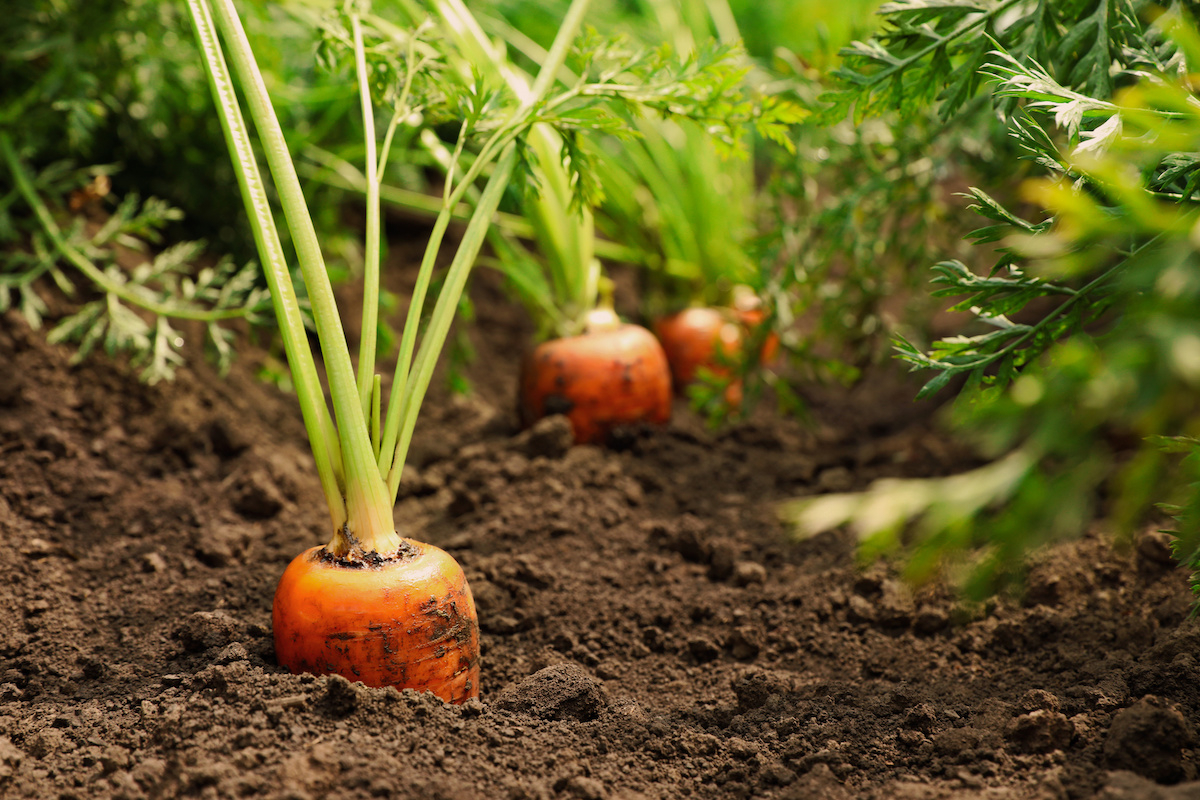

Articles
How To Store Carrots From The Garden
Modified: January 8, 2024
Learn how to store carrots from your garden and extend their freshness. Discover essential tips and techniques for proper storage to enjoy your homegrown produce for longer.
(Many of the links in this article redirect to a specific reviewed product. Your purchase of these products through affiliate links helps to generate commission for Storables.com, at no extra cost. Learn more)
Introduction
Welcome to the world of gardening! Growing your own vegetables can be a rewarding and fulfilling experience. One of the most popular vegetables to grow in gardens is carrots. These vibrant and nutritious root vegetables can be enjoyed in various dishes, from salads to soups, and even as a healthy snack.
Once you have successfully grown your carrots, the next step is to store them properly to ensure their freshness and flavor are preserved. Proper storage techniques are essential to prevent spoilage, maintain nutritional value, and extend the shelf life of your carrots. In this article, we will discuss the best methods for storing carrots from the garden.
But before we dive into storage methods, let’s first talk about harvesting carrots.
Key Takeaways:
- Preserve the freshness and flavor of your garden-grown carrots by choosing the right storage method, whether it’s refrigeration, root cellar storage, freezing, or canning. Each method offers unique benefits for enjoying your harvest year-round.
- Ensure the longevity of your homegrown carrots by following proper storage techniques, such as gentle handling, trimming the tops, monitoring for spoilage, and selecting the best storage method based on quantity and duration. Enjoy the taste of your garden bounty long after the growing season!
Read more: How To Store Fresh Garden Carrots
Harvesting Carrots
Before you can store your carrots, it’s important to know when and how to harvest them. Carrots are typically ready to be harvested when they have reached their desired size and color. This is usually around 70-80 days after planting, depending on the variety.
To harvest your carrots, gently loosen the soil around the base of the plants using a garden fork or shovel. Carefully lift the carrots out of the ground, being cautious not to damage the roots or break the tops. It’s best to harvest carrots when the soil is dry to prevent the risk of disease.
Once you have harvested your carrots, it’s time to move on to the next step: cleaning and preparing them for storage.
Cleaning and Preparing Carrots for Storage
After harvesting your carrots, it’s important to clean them thoroughly before storing them. Start by removing any excess dirt from the carrots by gently brushing them with your hands or using a soft brush. Avoid scrubbing too hard, as this can damage the delicate skin.
Next, trim off the carrot tops, leaving about an inch of the greens attached. Removing the tops helps prevent moisture loss and prolongs the shelf life of the carrots. If you’re planning to store carrots for a longer period, you can also consider removing the greens entirely.
Once you have cleaned and trimmed the carrots, it’s time to decide on the best storage method for your needs.
Selecting the Right Storage Method
When it comes to storing carrots from the garden, there are several options to choose from. The right storage method for you will depend on factors such as the quantity of carrots you have, the available space, and how long you want to store them.
Here are four common storage methods for carrots:
- Refrigeration: If you plan to use the carrots within a few weeks, refrigeration is the simplest option. Place the cleaned and trimmed carrots in a perforated plastic bag or a container with air holes to allow for ventilation. Store them in the crisper drawer of your refrigerator, ideally at a temperature between 32-40°F (0-4°C).
- Root Cellar Storage: If you have a root cellar or a cool, dark, and slightly humid storage room, you can store your carrots there. Prepare the carrots by removing excess dirt and trimming the greens. Pack them in crates or boxes with layers of damp sand, sawdust, or peat moss to maintain moisture. Make sure the carrots are not touching each other to prevent rotting.
- Freezing Carrots: Freezing is a great option if you have a surplus of carrots and want to store them for a longer period. Start by blanching the carrots in boiling water for a few minutes, then plunge them into ice water to stop the cooking process. Pat them dry and place them in freezer bags or airtight containers. Label and date the packages before placing them in the freezer. Frozen carrots can retain their quality for up to 12 months.
- Canning Carrots: Canning is another method for long-term storage. It involves packing sliced or diced carrots into sterilized jars and processing them in a pressure canner or a boiling water bath. The specific process will depend on the type of canner you are using and your recipe. Follow trusted canning guidelines and ensure the jars are sealed properly before storing them.
Consider the available resources and your own preferences when selecting the storage method that suits you best. Each method has its advantages and may work better depending on your specific needs.
Method 1: Refrigeration
Refrigeration is a simple and convenient method for storing carrots from the garden, especially if you plan to use them within a few weeks.
To store your carrots in the refrigerator:
- Clean and trim the carrots by removing excess dirt and cutting off the tops, leaving about an inch of the greens attached.
- Place the cleaned and trimmed carrots in a perforated plastic bag or a container with air holes. This allows for proper ventilation, preventing excess moisture buildup and prolonging the freshness of the carrots.
- Store the carrots in the crisper drawer of your refrigerator, ideally at a temperature between 32-40°F (0-4°C).
- Make sure to separate the carrots from other fruits and vegetables, as they produce ethylene gas, which can cause spoilage.
- Check the carrots regularly for any signs of decay or moisture buildup. Remove any damaged or rotting carrots to prevent the spread of mold or bacteria.
- Remember that carrots stored in the refrigerator may lose some of their crispness over time, so it’s best to use them within a few weeks for optimal flavor and texture.
Refrigeration is an easy and effective way to store carrots, especially if you only have a small quantity or plan to use them relatively quickly. Just make sure to monitor them regularly to ensure they stay fresh and free from spoilage.
Store carrots from the garden by removing the green tops, washing and drying the carrots, then placing them in a perforated plastic bag in the refrigerator. This will help keep them fresh for several weeks.
Read more: How To Harvest Seeds From Carrots
Method 2: Root Cellar Storage
If you have a root cellar or a cool, dark, and slightly humid storage room, root cellar storage is an excellent option for storing carrots from the garden for an extended period.
Here’s how to store carrots using the root cellar method:
- Clean the carrots by gently removing excess dirt. Be careful not to damage the skin.
- Trim the carrot tops, leaving about an inch of the greens attached. Removing the tops helps prevent moisture loss.
- Prepare your storage space by ensuring it is cool (around 32-40°F or 0-4°C), dark, and slightly humid. The humidity level should be around 90-95% to prevent the carrots from drying out. You can achieve the ideal humidity level by placing a small tray of water near the carrots.
- Pack the cleaned and trimmed carrots in crates or boxes. Avoid overcrowding and make sure the carrots are not touching each other, as this can lead to rotting. Layer the carrots with damp sand, sawdust, or peat moss to maintain moisture and provide insulation.
- Store the packed carrots in your root cellar or storage room. Check on them periodically and remove any carrots that show signs of spoilage or rot.
- Root cellar storage can keep your carrots fresh for several months, allowing you to enjoy them throughout the winter months.
If you don’t have a traditional root cellar, you can also create a makeshift storage area in a cool basement or an unheated garage, as long as the conditions are suitable.
Root cellar storage is an excellent choice if you have a large quantity of carrots and want to enjoy their freshness and flavor for an extended period without the need for freezing or canning.
Method 3: Freezing Carrots
If you have a surplus of carrots from the garden and want to store them for a longer period, freezing is an excellent method to preserve their flavor and nutritional value.
Here’s how to freeze carrots:
- Start by cleaning the carrots and removing any excess dirt. Peel them if desired, although it’s not necessary.
- Cut the carrots into your preferred size and shape. You can slice them, dice them, or leave them whole.
- Blanch the carrots by placing them in boiling water for a few minutes. Blanching helps retain the color, texture, and nutrients of the carrots. After blanching, quickly transfer the carrots to a bowl of ice water to stop the cooking process.
- Once the carrots have cooled, drain them and pat them dry using a clean kitchen towel or paper towels.
- Place the blanched and dried carrots into freezer bags or airtight containers. Make sure to remove as much air as possible from the bags or containers before sealing them.
- Label the bags or containers with the date and contents and place them in the freezer. The recommended storage time for frozen carrots is up to 12 months.
- When you’re ready to use the frozen carrots, simply thaw them in the refrigerator overnight or quickly blanch them again before incorporating them into your recipes.
Freezing carrots is a convenient way to preserve their freshness, especially if you have a large quantity. They can be used in a variety of dishes, such as soups, stews, stir-fries, or even as a side dish.
Remember to blanch the carrots before freezing to maintain their texture and color. Properly packaged and stored, frozen carrots can provide you with a taste of summer all year round!
Method 4: Canning Carrots
If you’re looking for a method that allows you to preserve carrots for an extended period while retaining their flavor and texture, canning is an excellent option.
Here’s how to can carrots:
- Start by cleaning the carrots and removing any excess dirt. Peel them if desired, although it’s not necessary.
- Cut the carrots into your preferred size and shape. You can slice them, dice them, or leave them whole.
- Prepare your canning equipment, including sterilized jars, lids, and a pressure canner or a boiling water bath canner.
- Bring a pot of water to a boil and blanch the carrots for a few minutes to partially cook them. Blanching helps preserve the color and texture of the carrots.
- Once the blanching is complete, carefully pack the hot carrots into sterilized jars, leaving about 1-inch headspace at the top.
- Add hot water or vegetable broth to the jars, ensuring the carrots are fully covered and leaving the recommended headspace.
- Wipe the jar rims with a clean, damp cloth, then place the lids on the jars and tighten the bands until finger-tight.
- If using a pressure canner, follow the instructions for your specific canner to process the jars at the appropriate pressure and time. If using a boiling water bath canner, place the jars in the canner, ensuring they are fully submerged, and process them for the recommended time.
- Once the jars have been processed, carefully remove them from the canner and place them on a clean towel. Allow them to cool completely.
- Check that the lids have sealed properly by pressing down on the center of each lid. If the lids do not move or make a popping sound, they are sealed. Any unsealed jars should be refrigerated and used within a few days.
- Label the sealed jars with the date and contents and store them in a cool, dark place. Properly sealed and processed jars of canned carrots can last for up to one year.
Canned carrots are a versatile pantry staple that can be used in a variety of dishes, from soups and stews to side dishes and salads. Enjoy the taste of garden-fresh carrots all year round with this preservation method!
Tips for Properly Storing Carrots
Proper storage is key to maintaining the freshness, flavor, and nutritional value of your garden-grown carrots. Here are some helpful tips to ensure you store them correctly:
- Choose the best carrots: Select carrots that are firm, crisp, and free from blemishes or soft spots. Opt for carrots with their greens still attached, as they indicate freshness.
- Handle with care: Be gentle when handling carrots to avoid bruising or damaging them. Even minor injuries can lead to faster spoilage during storage.
- Remove excess dirt: Clean the carrots by gently brushing off any excess dirt rather than washing them. Excessive moisture can contribute to spoilage.
- Trim the tops: Removing the tops helps prevent moisture loss and prolongs the shelf life of the carrots. Leave about an inch of the greens attached, or remove them entirely if storing for a longer period.
- Avoid exposure to light: Light can cause the carrots to produce chlorophyll, turning them green and affecting their flavor. Store them in a dark location, such as a root cellar or a covered container.
- Check for spoilage: Regularly inspect your stored carrots for any signs of mold, rot, or moisture buildup. Remove any damaged or deteriorating carrots to prevent the spread of spoilage to the rest of the batch.
- Separate from certain fruits and vegetables: Some fruits and vegetables, such as apples and potatoes, produce ethylene gas, which can cause carrots to spoil faster. Store carrots away from these ethylene-producing items.
- Monitor temperature and humidity: Depending on the storage method, ensure the temperature and humidity levels are appropriate. Refrigeration requires a temperature of 32-40°F (0-4°C), while root cellars should be cool (around 32-40°F or 0-4°C) and slightly humid (90-95% humidity).
- Label and date: Properly label your storage containers or freezer bags with the date and contents. This helps you keep track of the freshness and allows you to organize your storage efficiently.
- Rotate your stock: If storing a large quantity of carrots, practice first-in, first-out (FIFO) rotation. Use the older carrots before the newer ones to prevent any from going to waste.
By following these tips, you can maximize the shelf life of your carrots and enjoy their deliciousness and nutritional benefits for an extended period.
Read more: How To Store Carrots
Conclusion
Storing carrots from the garden properly is essential for preserving their freshness, flavor, and nutritional value. With the right storage methods, you can enjoy the taste of your homegrown carrots for an extended period.
Whether you choose to refrigerate, store in a root cellar, freeze, or can your carrots, each method offers its own advantages and allows you to enjoy your harvest in various ways.
Refrigeration is a convenient option for short-term storage, while root cellar storage provides a longer shelf life, particularly if you have a suitable storage space. Freezing carrots is ideal for preserving their freshness for an extended period, while canning offers a pantry-stable option that can be enjoyed throughout the year.
Remember to clean and prepare your carrots properly before storage, and monitor them regularly for any signs of spoilage or deterioration. Follow the recommended storage temperatures, humidity levels, and guidelines for each method to ensure the best results.
By implementing the tips and methods mentioned in this article, you can enjoy the bounty of your garden and savor the delicious taste of homegrown carrots long after the growing season has ended.
So, go ahead and store your carrots with care, and relish the satisfaction of enjoying your harvest throughout the year!
Frequently Asked Questions about How To Store Carrots From The Garden
Was this page helpful?
At Storables.com, we guarantee accurate and reliable information. Our content, validated by Expert Board Contributors, is crafted following stringent Editorial Policies. We're committed to providing you with well-researched, expert-backed insights for all your informational needs.
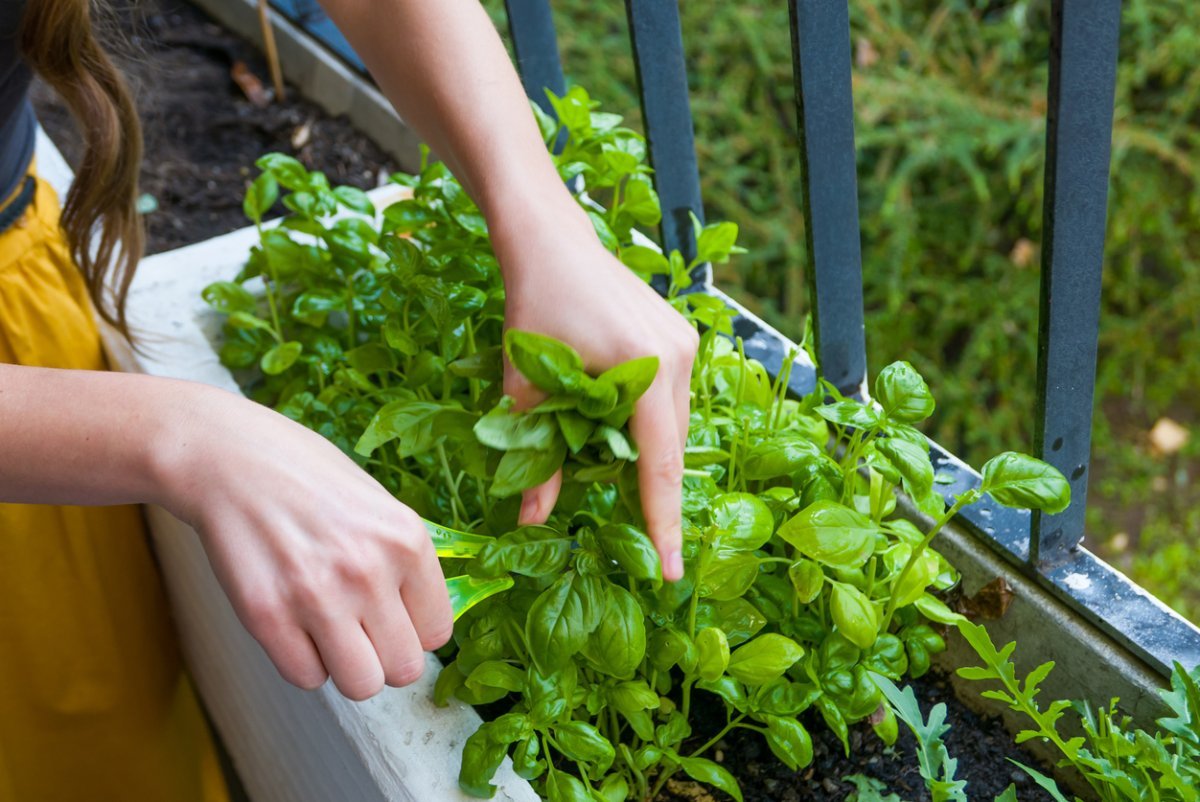
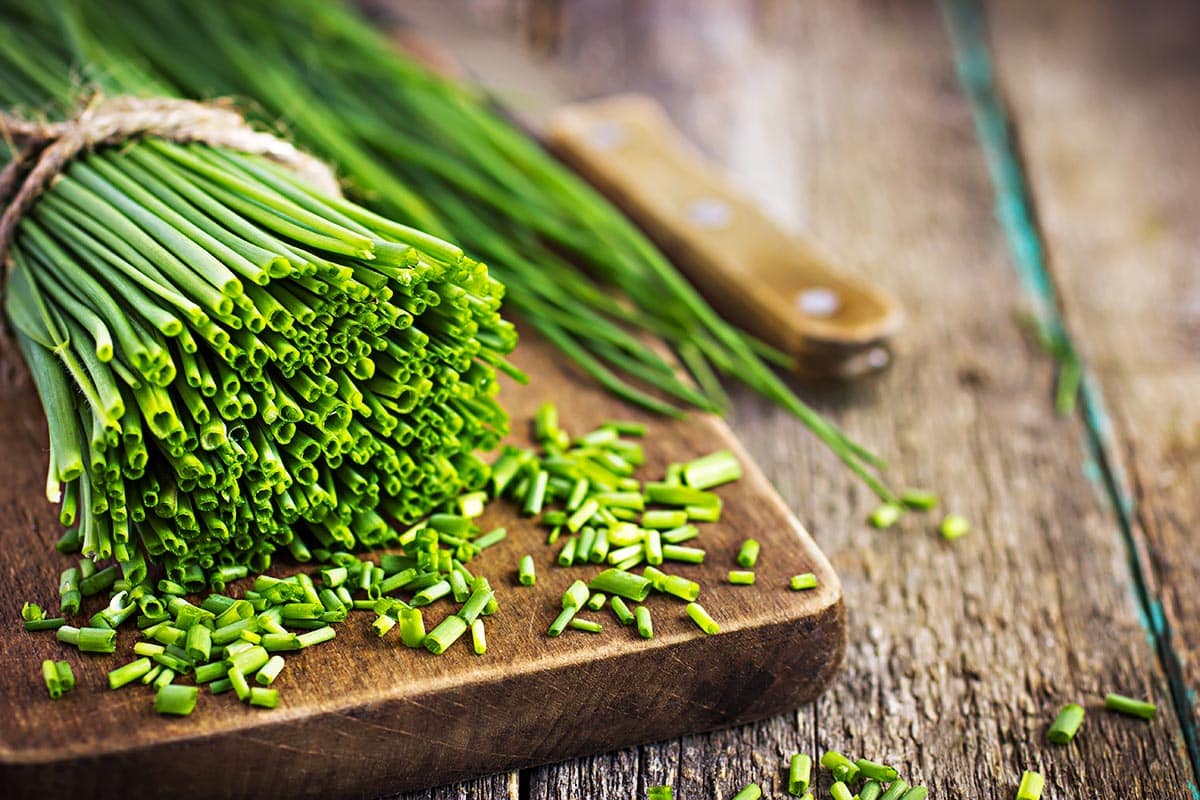
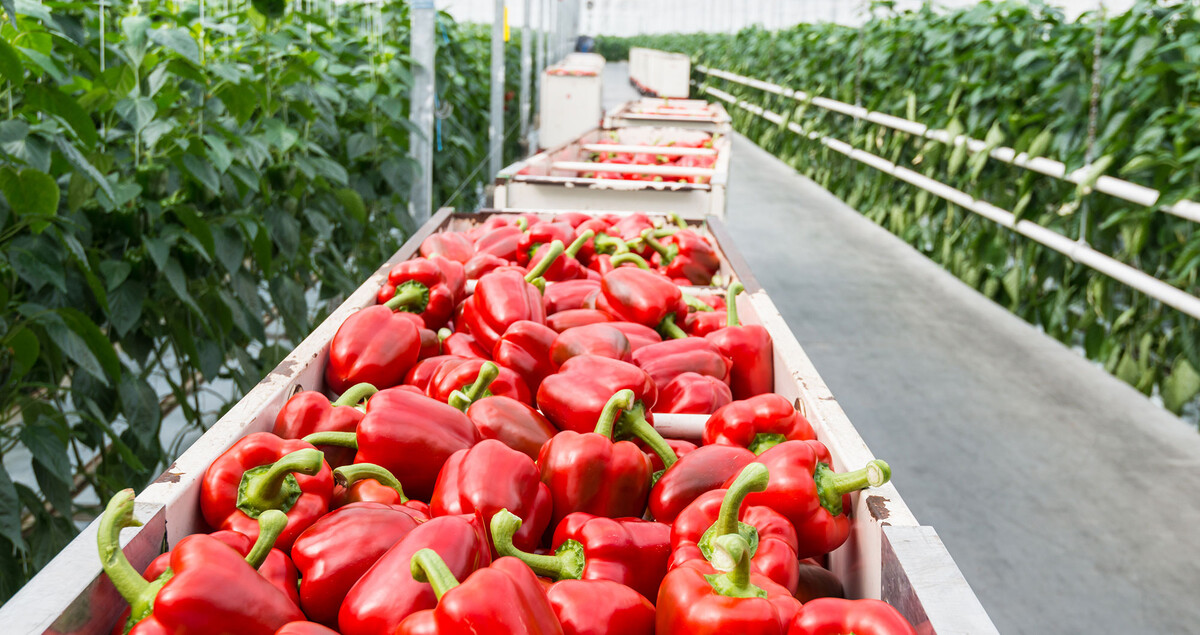
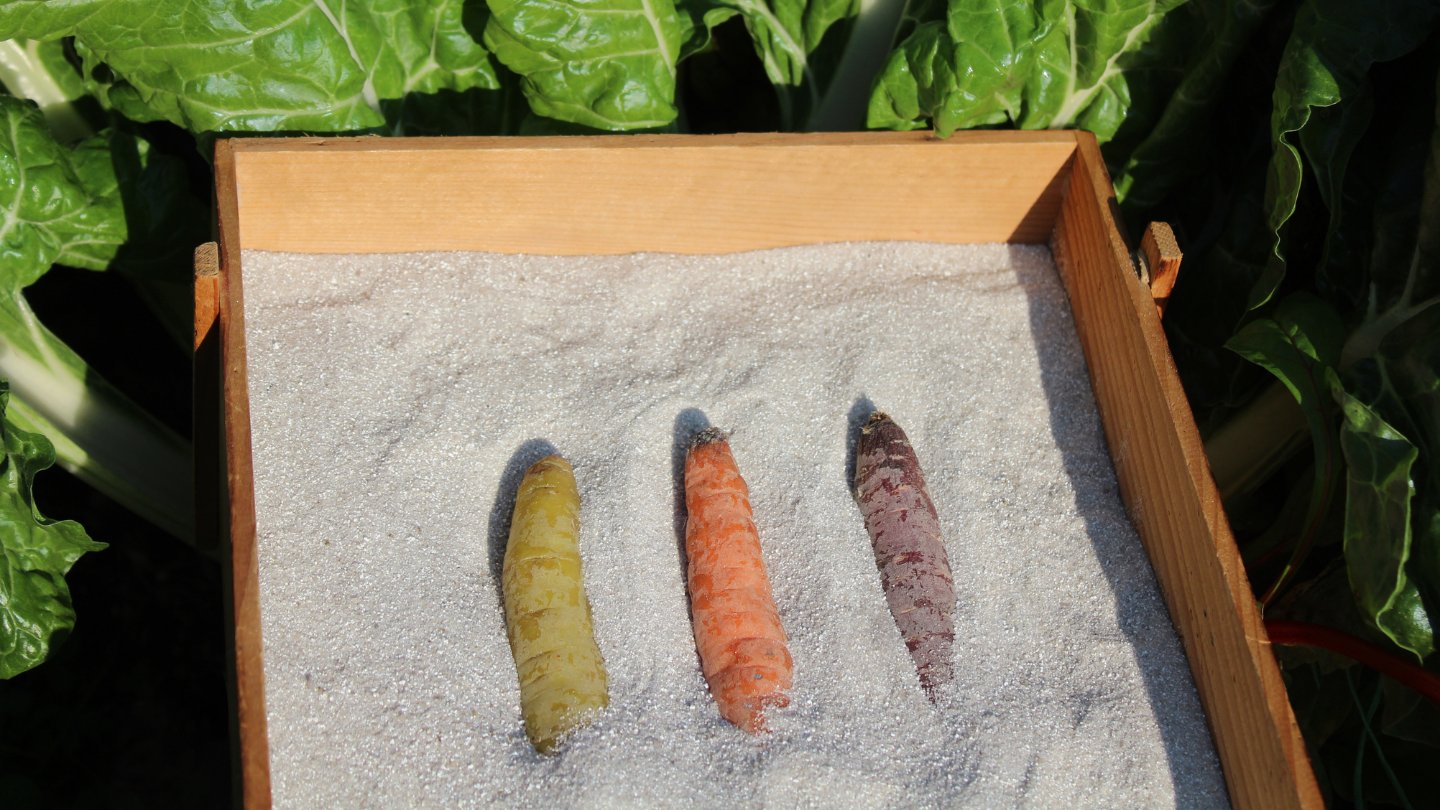
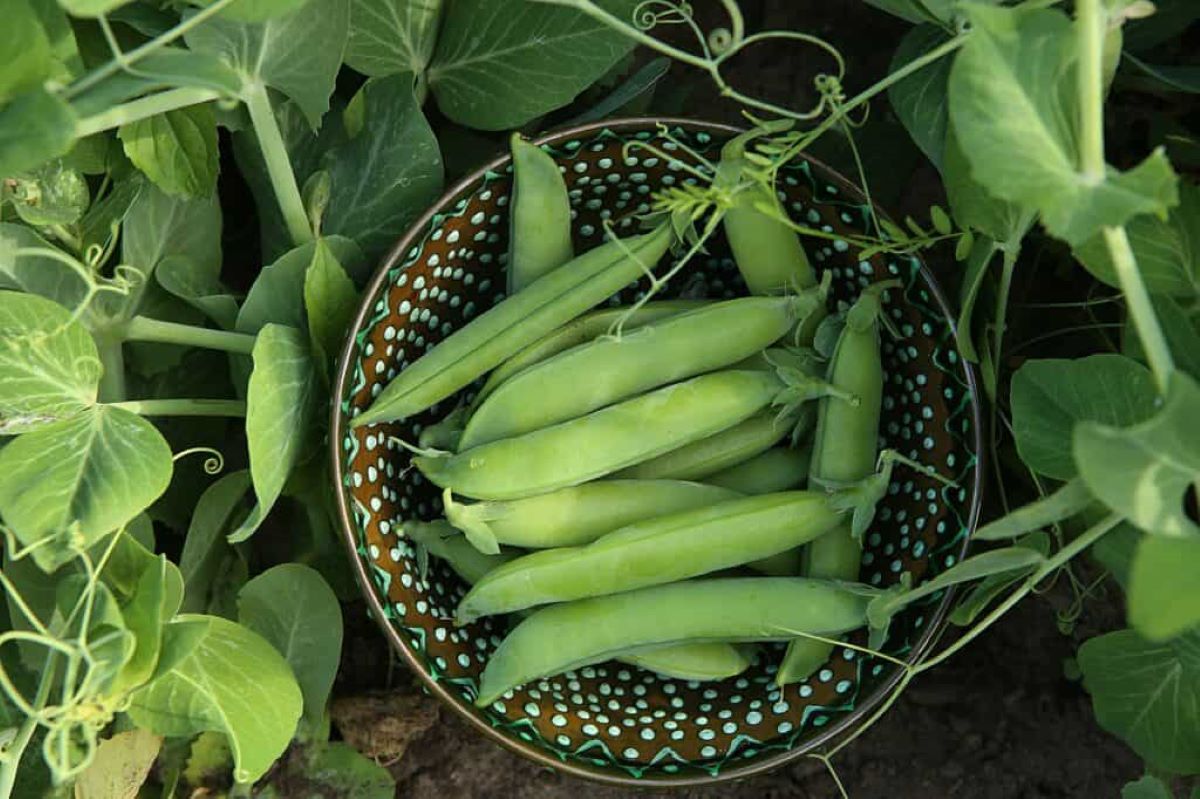
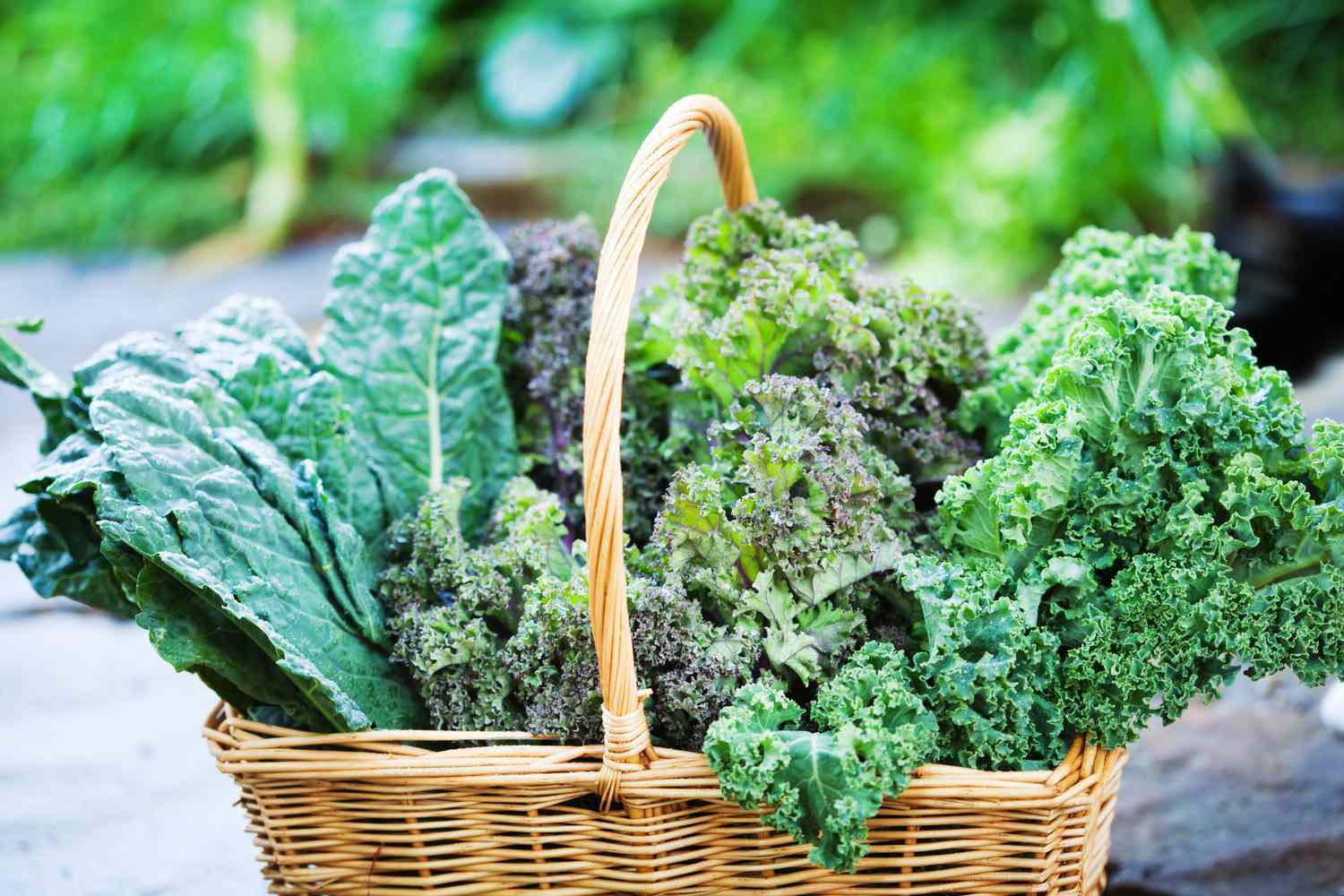
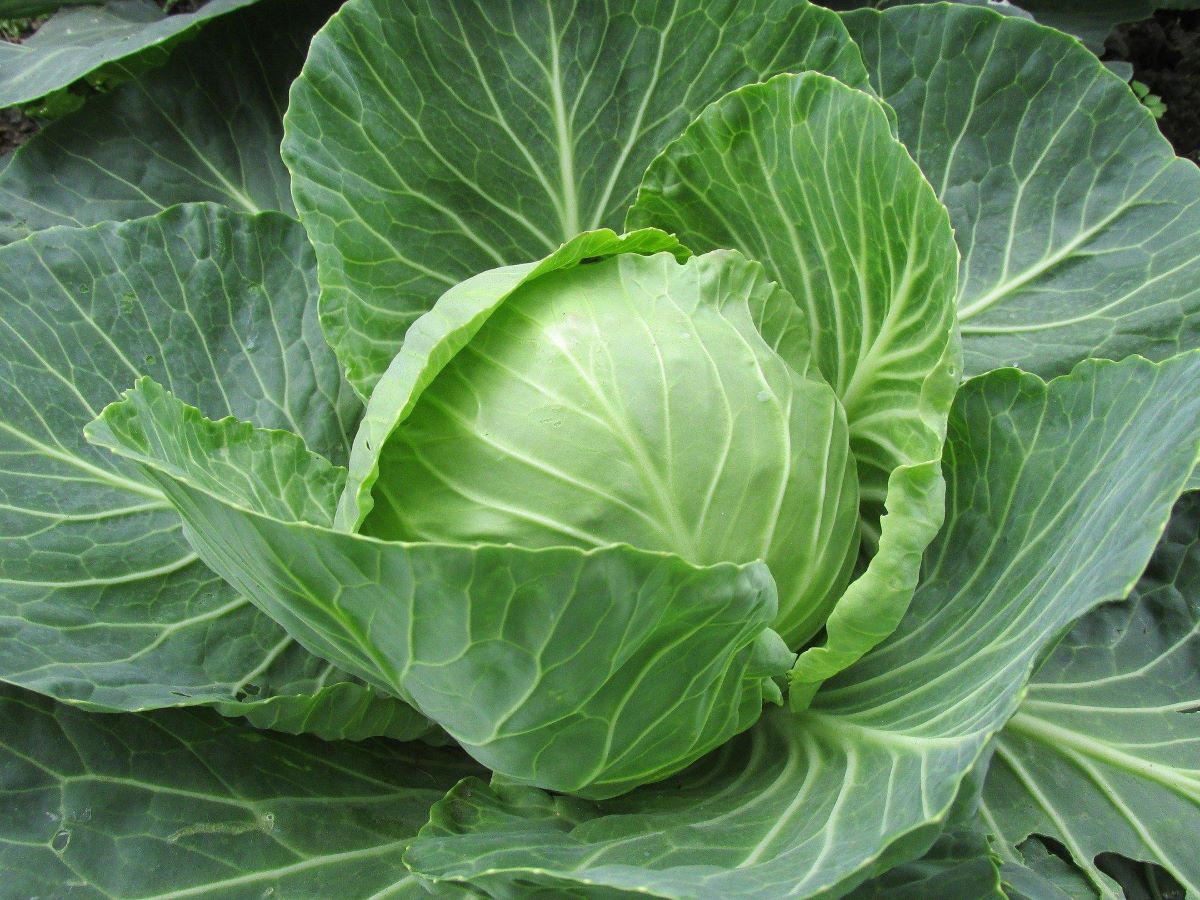
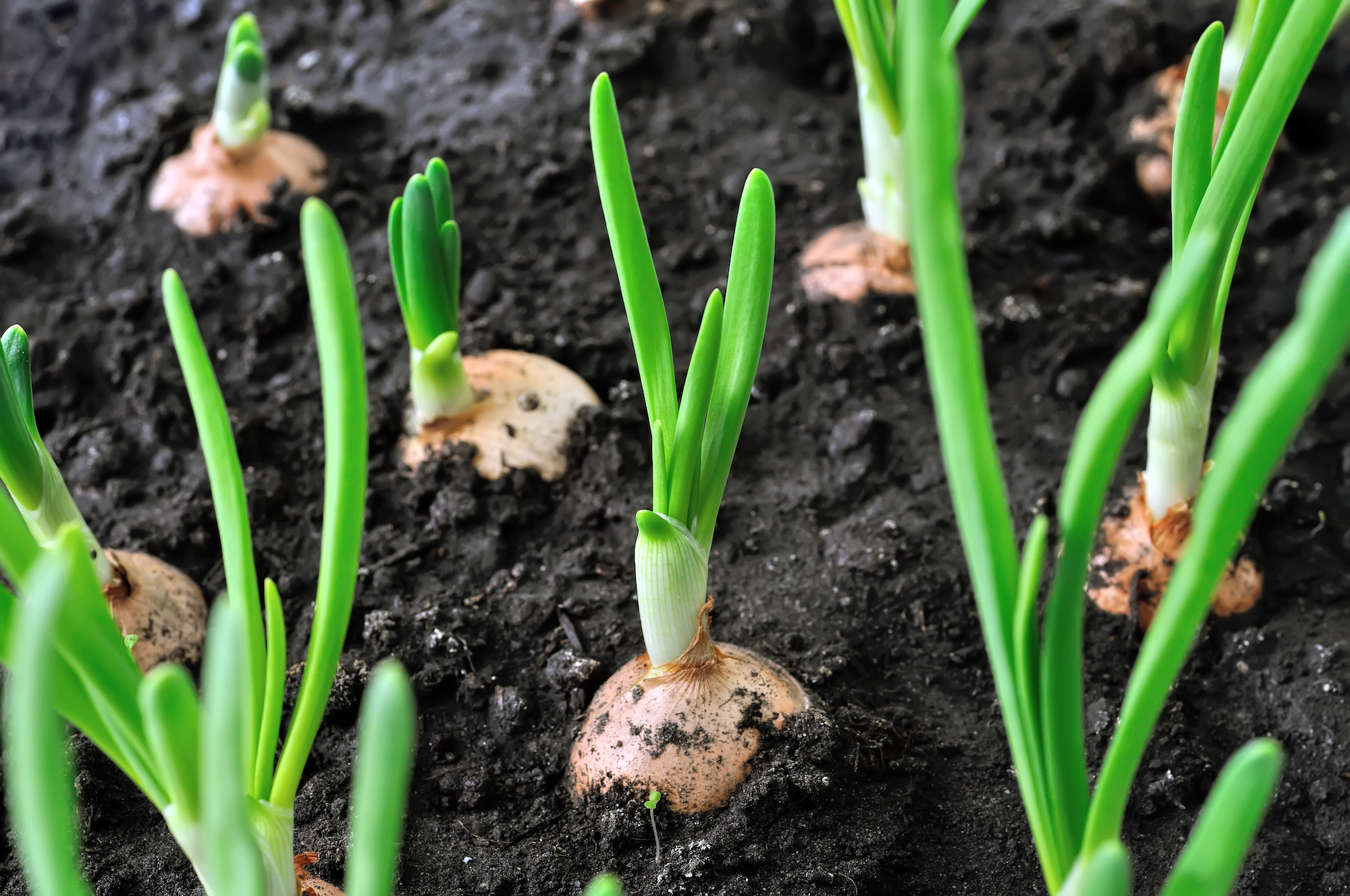
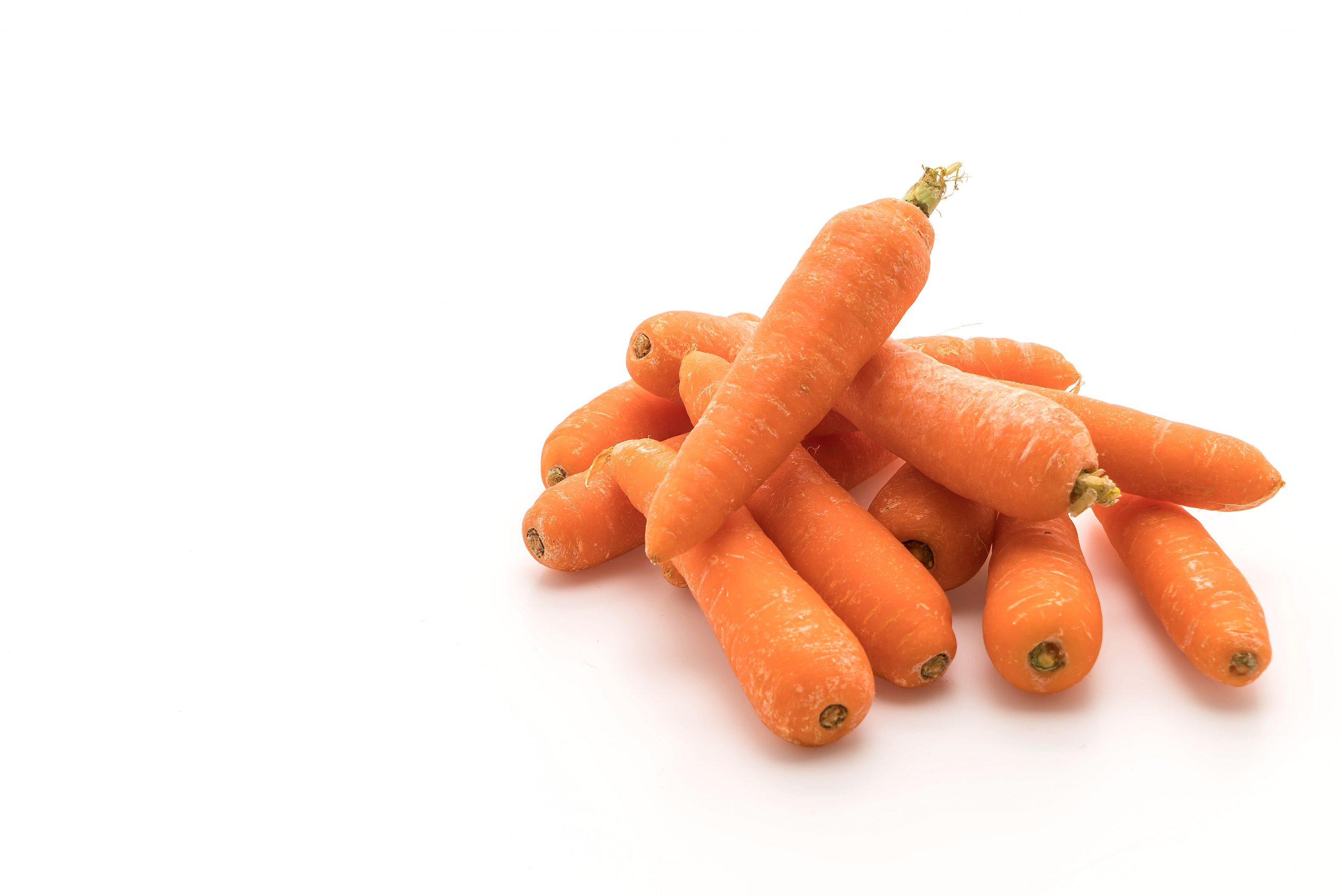
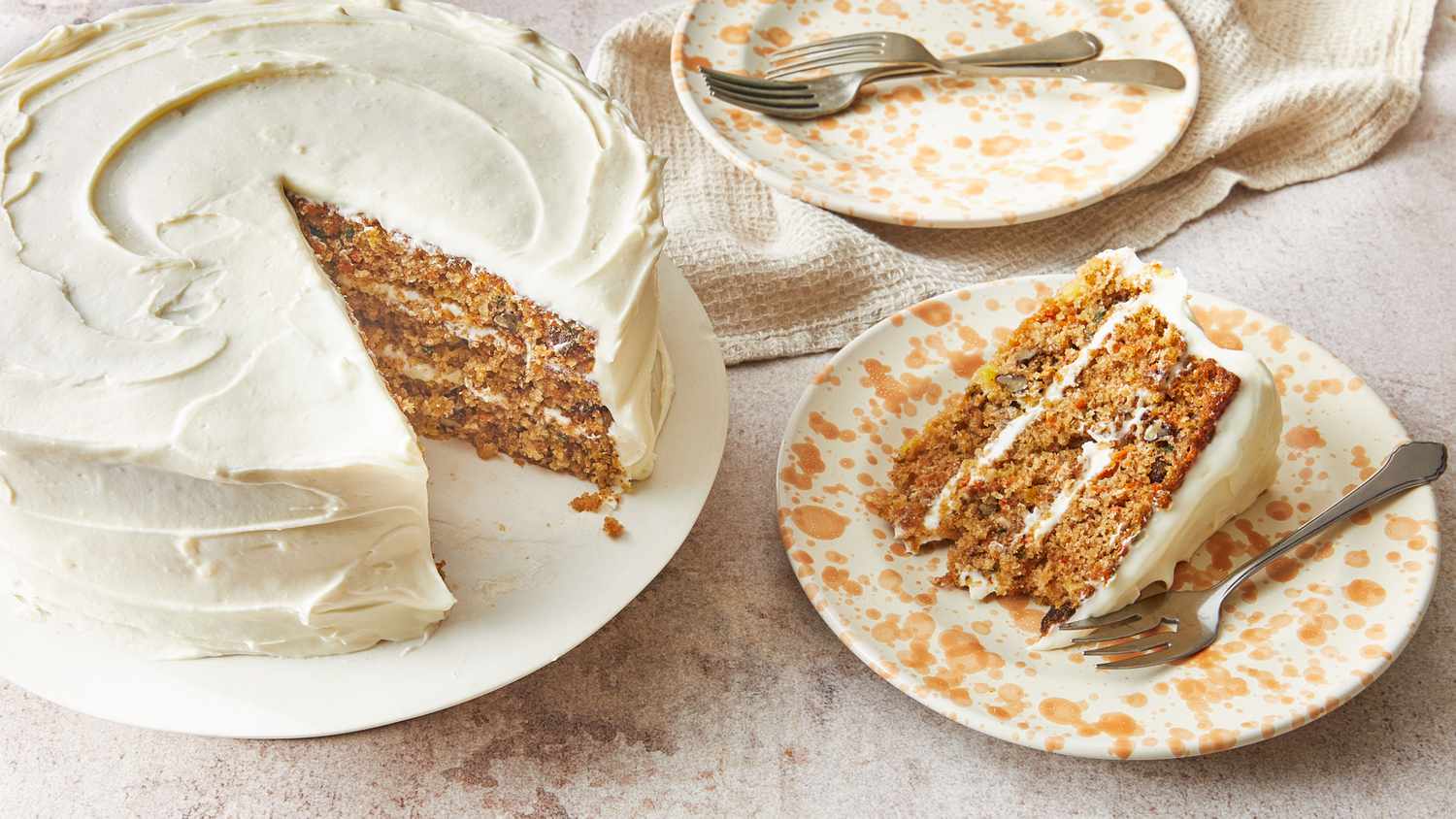
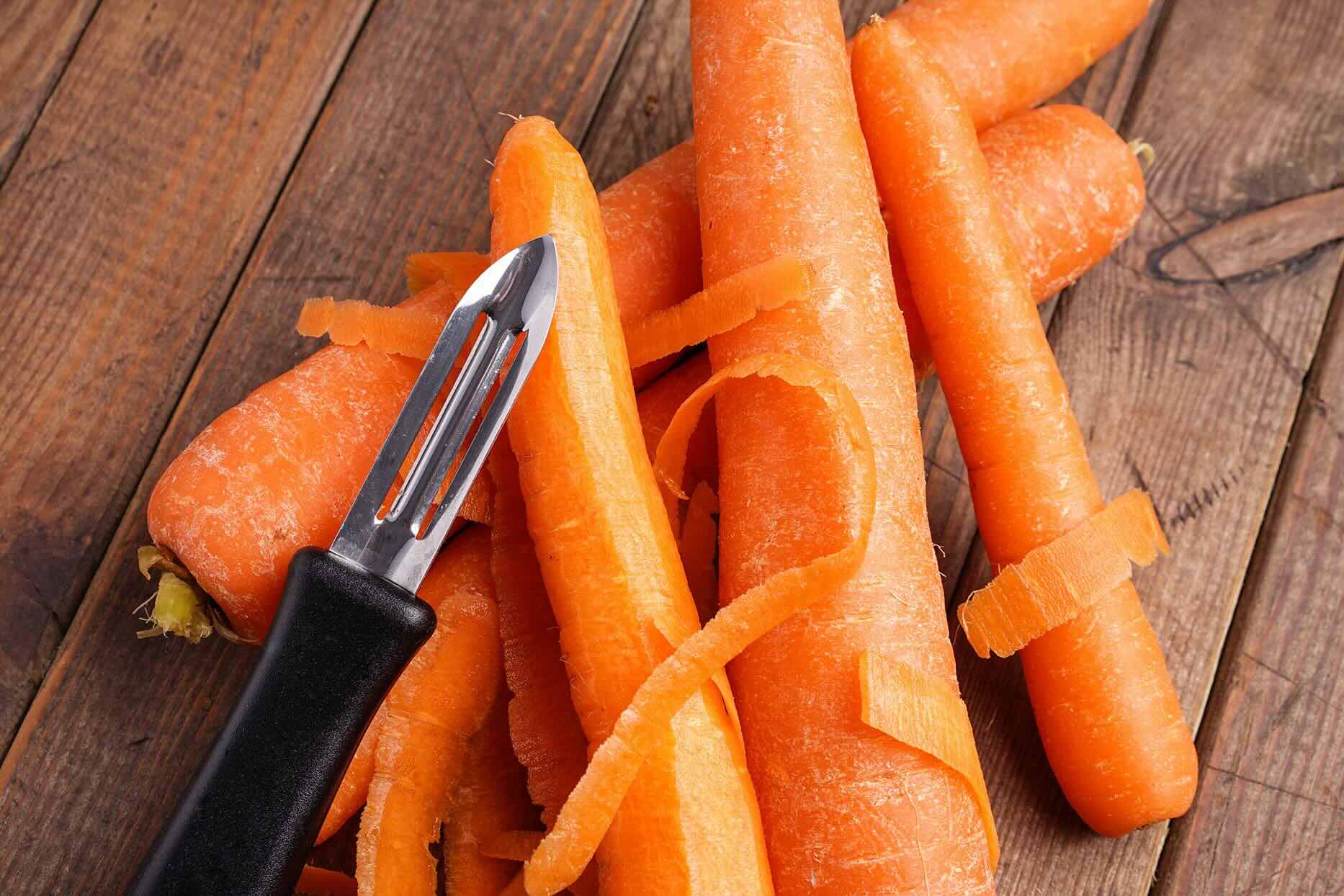
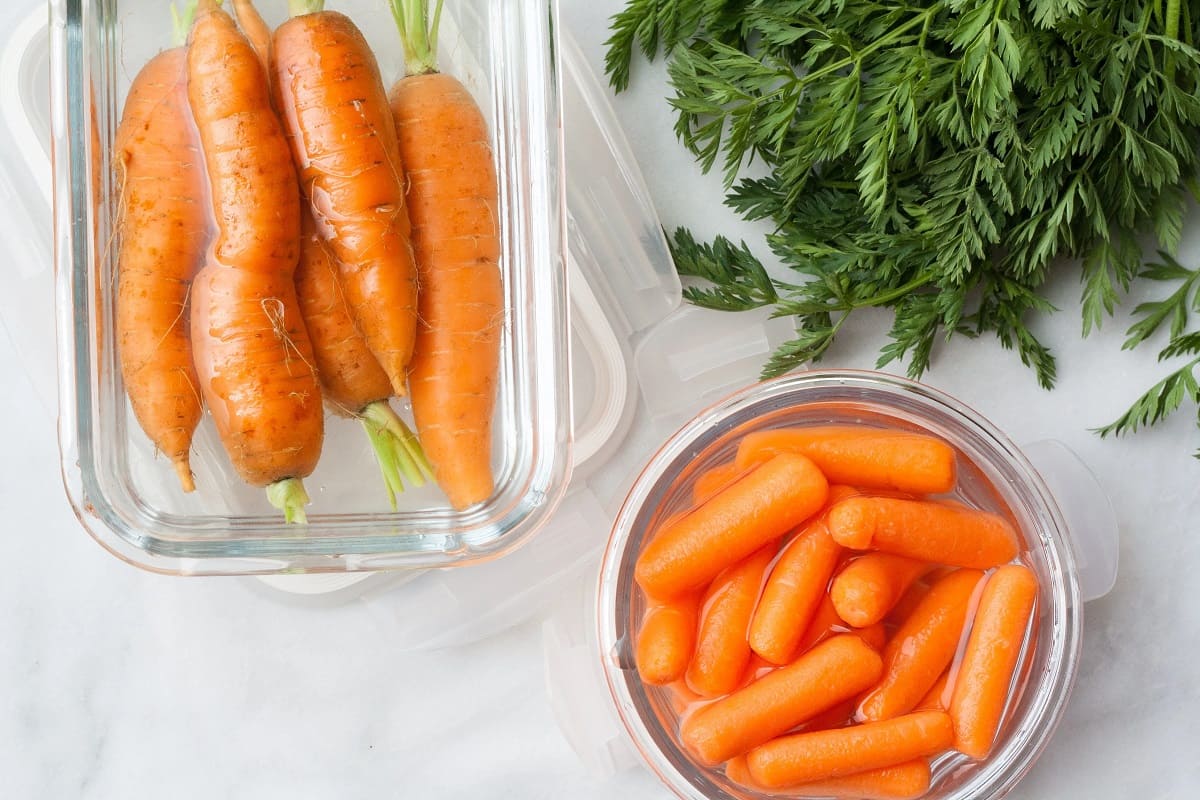
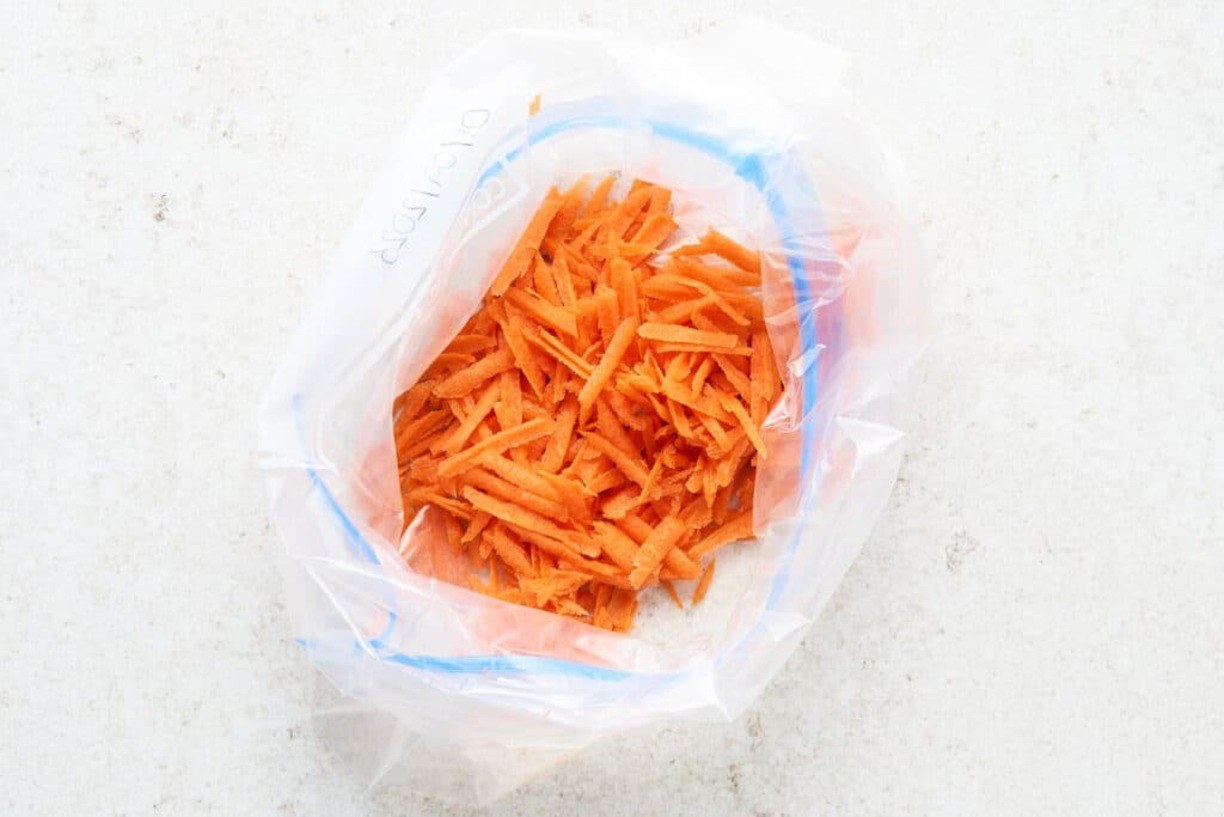

0 thoughts on “How To Store Carrots From The Garden”